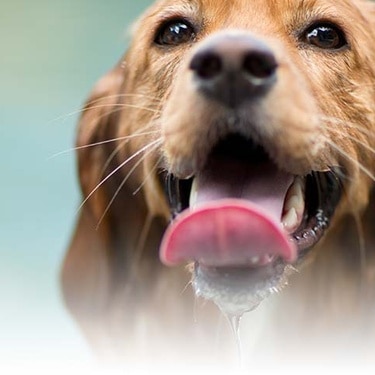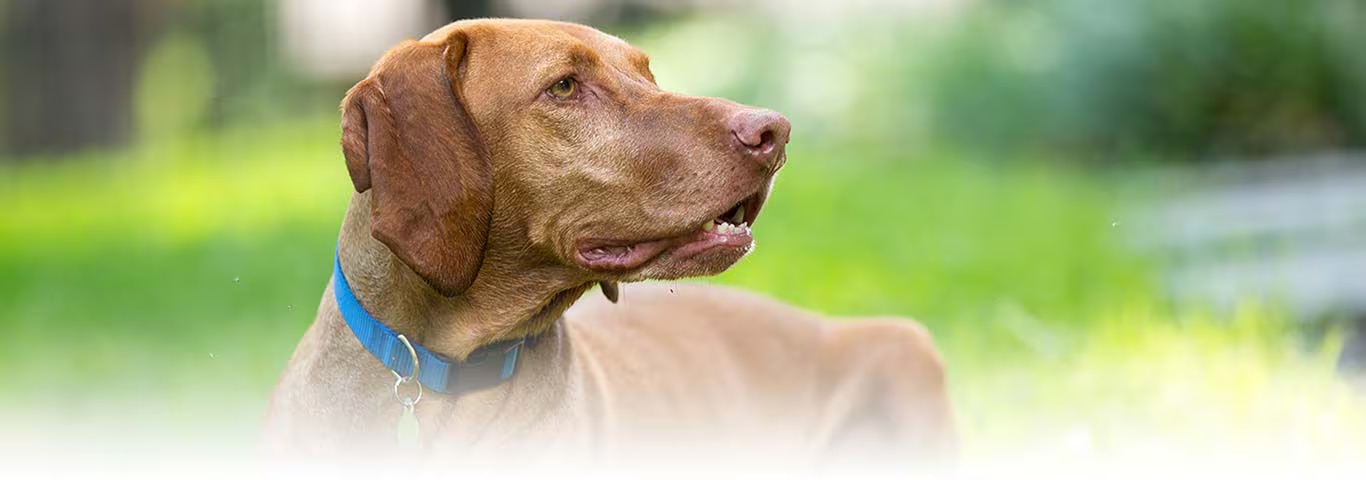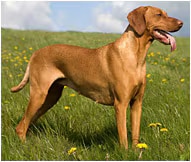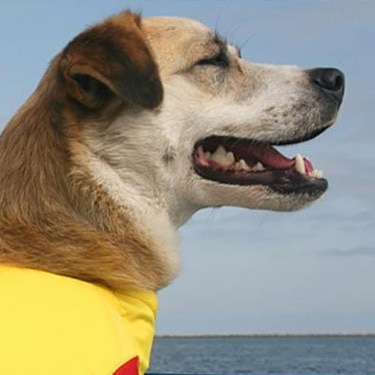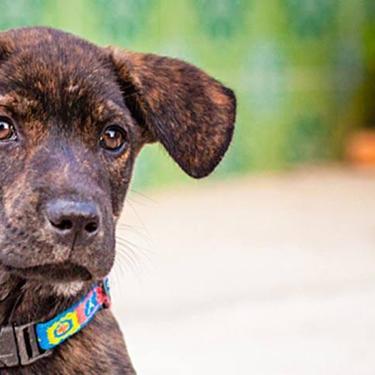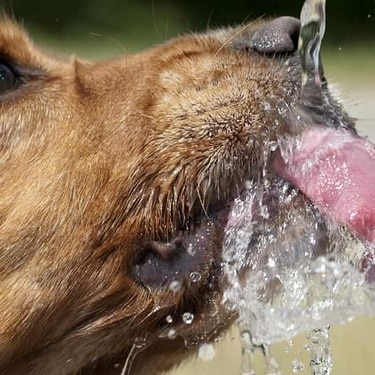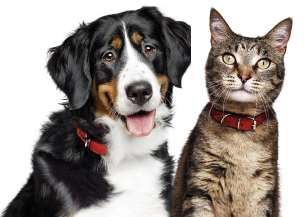Vizslas är aktiva hundar som kräver en hög nivå av fysisk aktivitet med tanke på deras jakthistoria. De är inte bra kennelhundar och föredrar att vara med sina ägare. De är mycket intelligenta och behöver aktiviteter för att hålla dem sysselsatta för att förhindra destruktivt beteende som att tugga och gräva.
Vizslas behöver en stor mängd interaktion med människor. De tolererar andra hundar och katter bra om de är ordentligt socialiserade. Andra husdjur, såsom gnagare, fåglar och reptiler, bör hållas borta från vizslas. På grund av sitt jaktarv är de benägna att döda sådana djur.
Vizslas är bra vakthundar och skäller i allmänhet inte överdrivet. Väl socialiserade hundar är vänliga mot främlingar, om de inte är hotade. Vizslas kan drabbas av separationsångest och rädsla för höga ljud som åskväder.
Vizslas är idealiska för ägare som vill ha en medelstor, aktiv hund för jakt, vandring och andra utomhusaktiviteter. Vizslas mår inte bra om de lämnas ensamma under långa perioder.
Vizslas lever vanligtvis från 10 till 15 år.
Vizsla eller ungerska pekaren har en gammal historia. Hunden från de magyariska barbarstammarna som invaderade centrala Europa under den mörka medeltiden, vizslan fyllde rollen som följeslagare och jägare för de magyariska krigarna. Etsningar från början av 900-talet visar en magyarisk krigare och en hund som liknar en vizsla. Rasen adopterades lätt av ungersk adel.
Vizsla dog nästan ut efter första världskriget, men bevarades av vizslafantaster. 1945 under andra världskriget flydde många ungrare från den ryska ockupationen och tog med sig sina vizslas. Vizslas dök upp igen på 1950-talet och rasen erkändes av American Kennel Club 1960.
Vizsla är en aktiv sportras. Det är en utmärkt fågeljägare såväl som en följeslagare.








